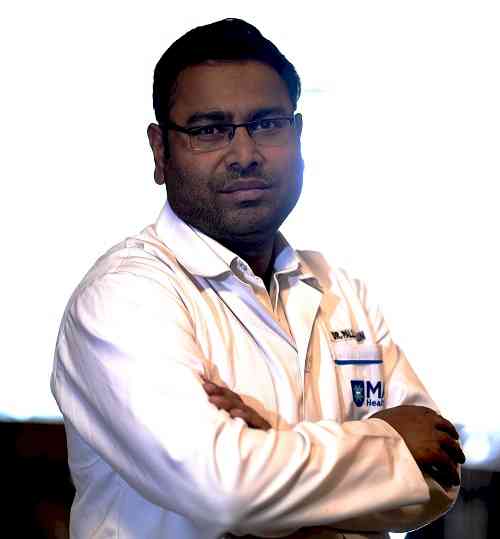Understanding Blood Cancer: Symptoms and Treatment Options

by Dr. Ranjith Kumar
Hemato Oncology, American Oncology Institute, Hyderabad
In India, over 1 lakh cases of blood cancer are diagnosed each year, accounting for about 8-10% of total cancer. As per literature, India has the third-highest rate of blood cancer.
September is observed as Blood Cancer Awareness Month, and this year's theme is "the ups and downs of living with blood cancer." It is worthwhile to send across an invaluable societal message that Blood cancers are among the treatable and curable cancers even in the advanced risk stage, backed by timely diagnosis and intervention.
Blood Cancer constitutes Leukemias, Myeloma, and Lymphomas, however, Lymphomas and Leukemias are the most frequent, affecting people of all ages, whilst Myeloma is more common in adults.
Understanding a disease can help in early detection and increase survival chances. Unfortunately, lack of awareness among patients leads with them being referred to a hematologist-oncologist at an advanced stage, resulting in treatment delays and poorer outcomes.
Fever, bleeding problems, breathing problems, swollen lymph nodes, unexplained sweating, and weight loss are all classic symptoms of blood cancer. A basic Complete Blood Picture[CBP] with a microscopic examination test, can help in the diagnosis of the disease. Doctors use advanced testing such as a Bone Marrow Examination or Molecular Studies to confirm the diagnosis.
Despite the fact that blood cancer treatment is intensive, the cure rate is high. The majority of patients are concerned about problems that arise throughout their treatments, however, it is important to remember that these issues are transient. If treatment is not administered appropriately, the situation may deteriorate.
Infusional Chemotherapy, a Simple pill a day –Chronic Myeloid Leukemia, Bone Marrow Transplantation, CAR T-cell Therapy are a few Blood cancer therapies.
Needless to say, the early the detection, the higher the cure rate; this message must be spread across various social platforms so that people fully understand the disease. The knowledge would cause a positive shift in people's attitudes toward blood cancer detection and prevention.


 cityairnews
cityairnews 





